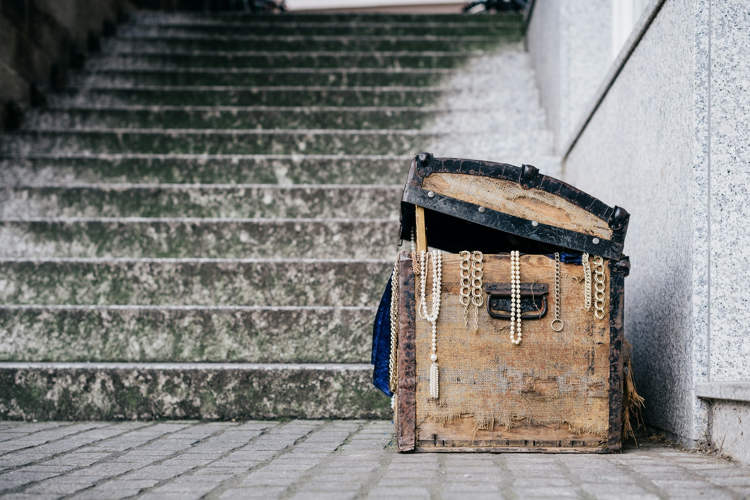If you thought bullfighting was cruel and barbaric, you’ll soon learn there are far worse ways to kill an innocent animal in the name of primitive entertainment.
Every year, on the second weekend of November, a horrific show takes place in the streets of Medinacelli, an otherwise picturesque Spanish town. As soon as the sun sets, bulls are brought into the town square, surrounded and restrained by the “bravest” of participants. Big balls of pitch are attached to the bull’s horns and the animal is set loose through the town.
This savage bull run is known as Toro Jubilo, and the bull is called Toro de Fuego, which translates as “bull of Fire”. As the pitch burns like a bonfire on the horns, it scorches his eyes and face causing it unspeakable pain. Disoriented and in agony, the bull often runs into walls and hurts himself even more, while the crowd run around him and cheers.
After hours of immense pain and eventually being blinded by the flames, the bull dies in agony. If this wasn’t cruel enough, the animal’s carcass is cut up and split among the participants to the event. Toro Jubilo is viewed simply as a form of entertainment by the people of Medinacelli, but this kind of animal cruelty doen’t qualify as such.
If you feel this is an old tradition that should continue, in the name of cultural diversity, just read this post, look at the photos and get back to what you were doing, but if you want to put a stop to it, make sure you sign this petition (I did) and share it with your friends.





















